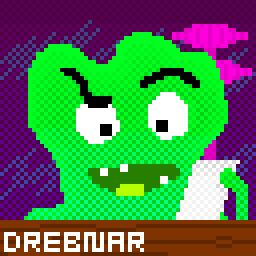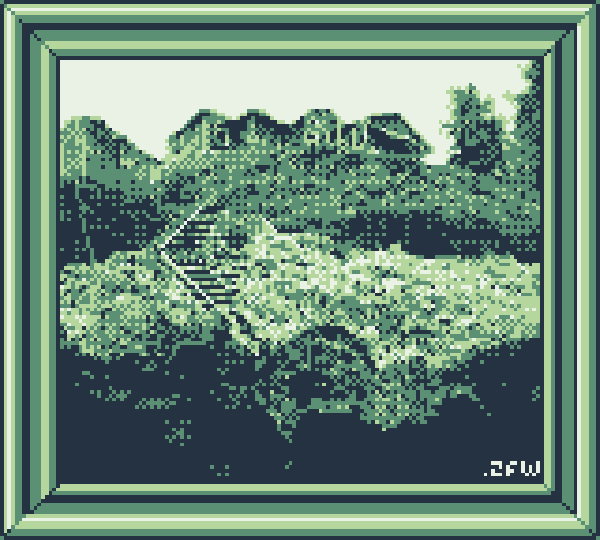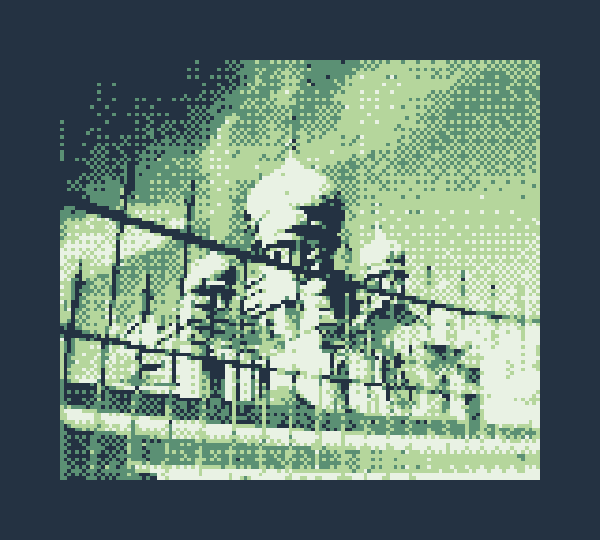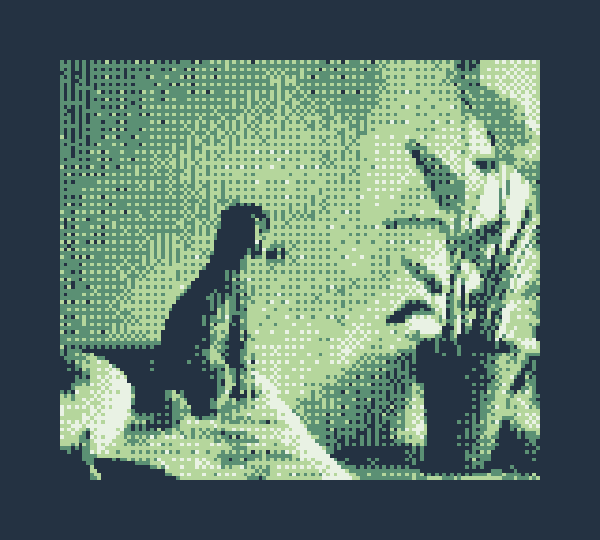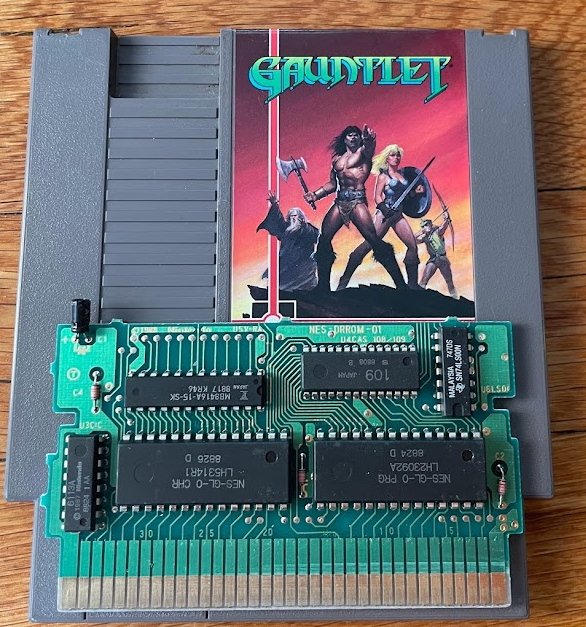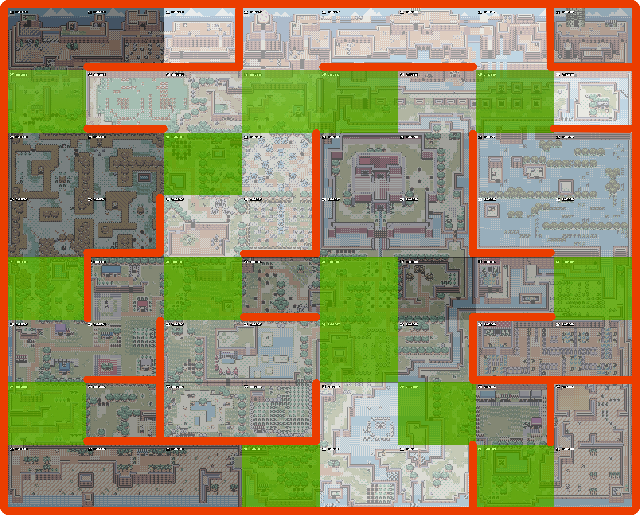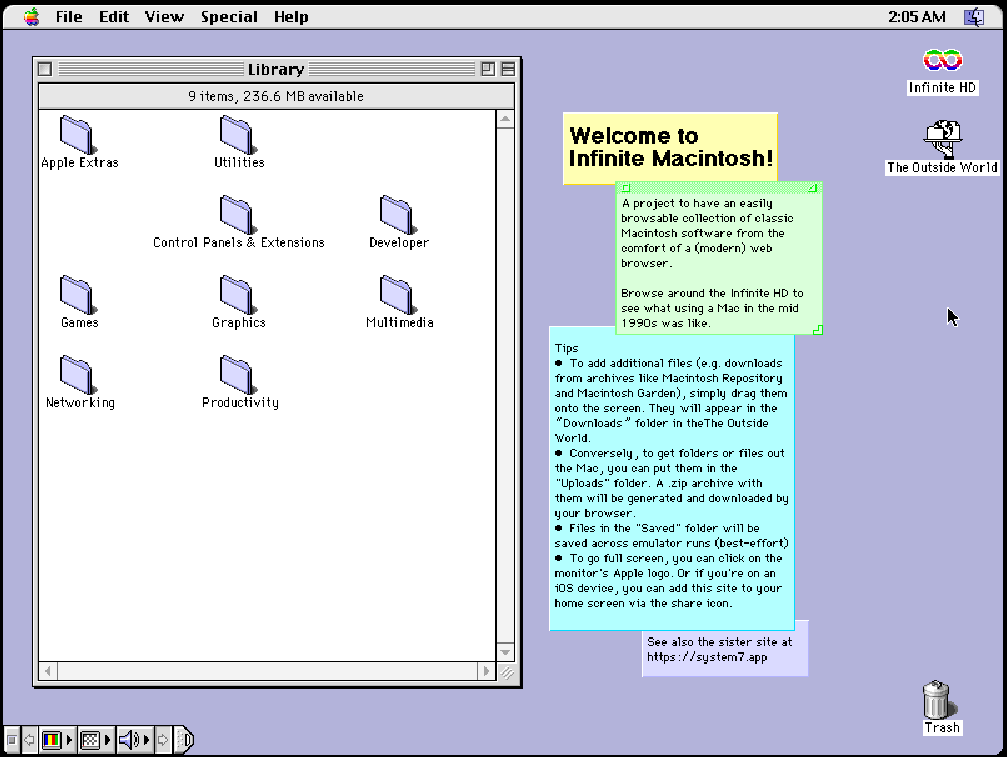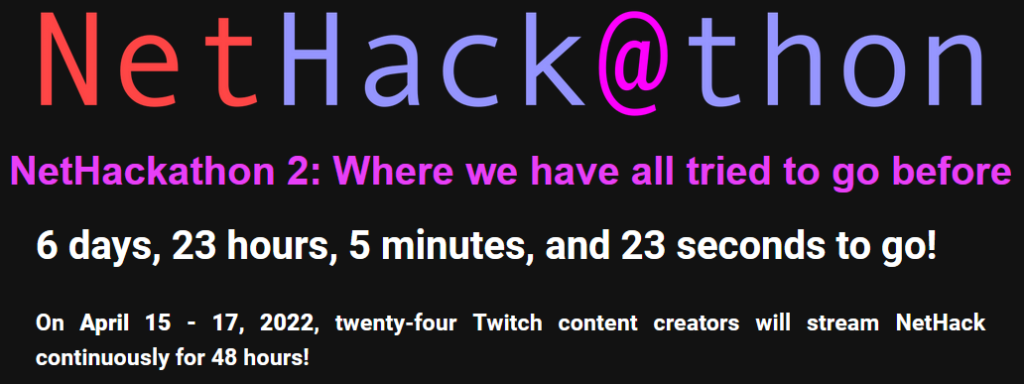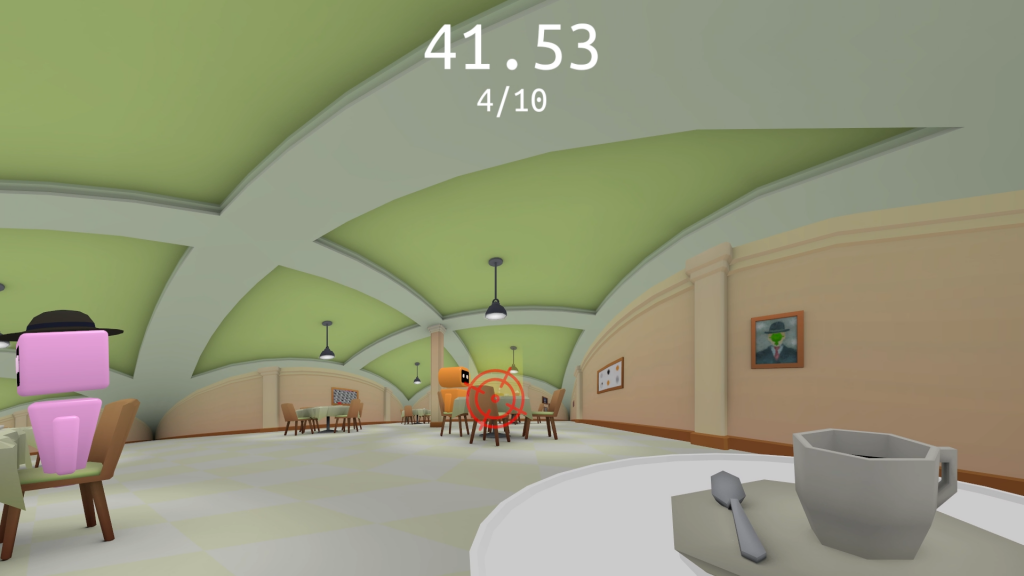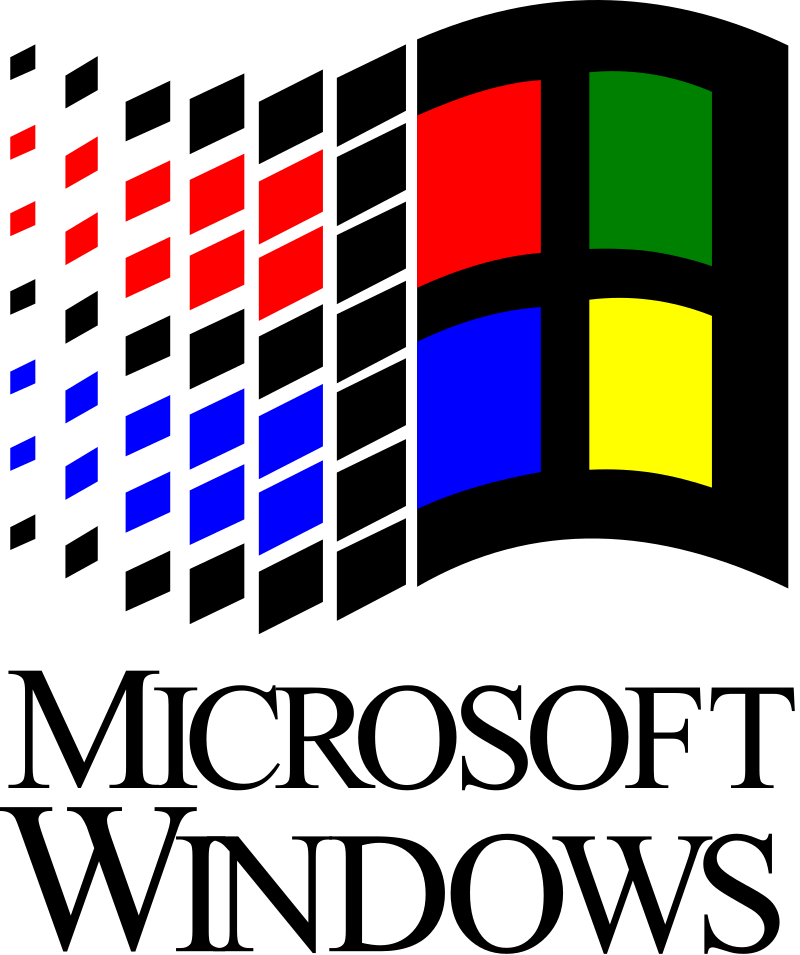
Eurogamer’s Robert Purchese got in contact with early indie superstar turned recluse Phil Fish, creator of the brilliant Fez on the occasion of the tenth anniversary of the game’s initial publishing.
Fez was eagerly anticipated in development for several years, and Fish was one of the subjects of the movie Indie Game. It was the subject of tremendous applause when released, winning the both the Seumas McNally Grand Prize and Eurogamer’s Game of the Year in 2012, as well as Indiecade Best in Show in 2011, . For some idea of how long ago that was, the 2011 winner of the Seumas McNally Grand Prize was freaking Minecraft.
But then, at the height of its popularity, Phil Fish got into an argument on the center of all internet strife, that place where sanity goes to die: Twitter. He would cancel Fez’s sequel and swear off game development. He returned briefly in 2014 at what would turn out to be exactly the wrong time, the shameful era of GamerGate, before going underground again.
It was something of a coup that Robert Purchese got an interview with him. If I had known it was something one could just do I might have considered it myself.
Phil Fish’s Fez remains one of the outstanding achievements of the early days of indie game culture, and his being basically hounded out of it during GamerGate remains an egregious travesty.

